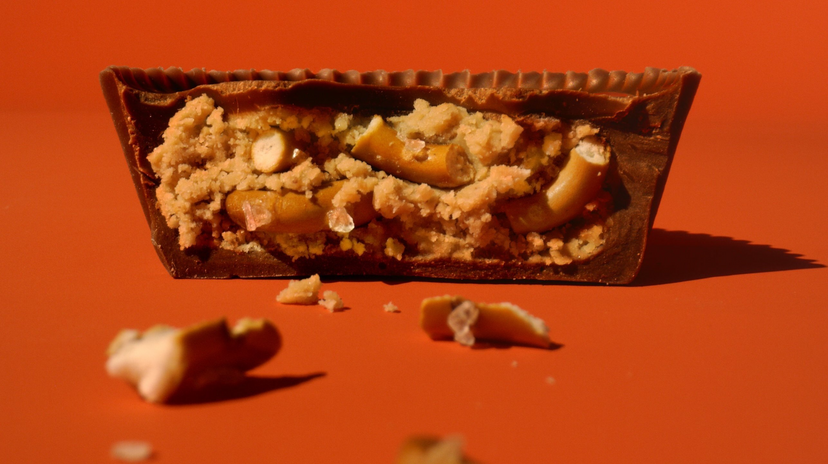Scholars and thinkers have long been captivated by the mystery surrounding the hard problem of consciousness, leading to efforts to understand the complexities of subjective experiences. In this investigation, we embark on a voyage that intertwines the complexities of awareness with the seemingly simple actions of perceiving the color orange and savoring chocolate.
The “hard problem” of consciousness was first articulated by philosopher David Chalmers, representing a significant obstacle to our understanding of how the physical operations of the brain give rise to subjective experiences. The transition from neuronal activity to the complexity of human consciousness remains an elusive frontier in neuroscience, despite tremendous advancements in the field.
Let’s begin with the seemingly ordinary act of seeing orange. Light interacts with the surface of an orange object as we gaze at it, and our eyes swiftly process this visual information. This information is captured by the eye, a marvelous biological device, and transmitted to the brain. What matters, however, is understanding how the brain translates this data into the rich, subjective experience of seeing orange.
The field of neuroscience has made significant progress in understanding the complexities of color vision, including the function of cone cells and signal processing in the visual cortex. However, the mystery persists as scientists attempt to reconcile the significant gap between these physiological functions and the human perception of color.
The crux of the challenging problem lies in the space where the qualitative richness of our perceptual experiences and the brain processes underlying vision interact.
When we shift our focus to the sensory experience of tasting chocolate, we encounter a complex combination of taste, smell, and texture. When we bite into a chocolate bar, our tongues perceive the combination of sweet and bitter flavors, while our noses’ olfactory receptors contribute scents to the mix. But how does this symphony of sensory input come together to create the personalized and often inexplicable sensation of tasting chocolate?
Neuroscience aids in understanding the neurological circuits behind taste perception and the physiological mechanisms underlying our enjoyment of chocolate. However, the genuine pleasure derived from savoring chocolate, the qualitative aspect of the taste experience, poses a significant obstacle to the scientific understanding of consciousness. Here, the difficulty arises from the disconnect between subjective, individual pleasure in a delectable dish and neurological processes.
The subjective nature of conscious experience unites the taste of chocolate and the perception of oranges. In both cases, the hard challenge persists, demanding an explanation of how brain activity results in the qualitative aspects of consciousness. The core of consciousness — the inherent, first-person perspective characterizing our human experience — is not adequately captured by the reductionist viewpoint, which suggests that the colors orange and chocolate are mere byproducts of sensory input and brain activity.
Our exploration of chocolate flavor and orange perception reveals gaps in our existing scientific understanding as we grapple with the challenging problem of consciousness. The qualitative richness of our conscious experiences extends beyond complex neurological processes, prompting us to delve into the intersection of philosophy, science, and subjective experience. The comprehensive integration of objective and subjective viewpoints becomes essential as we explore the depths of this mystery. The hard problem propels us to attain profound insights into understanding the true meaning of consciousness within the vibrant fabric of human experience, in addition to comprehending the neurological foundations of consciousness.

